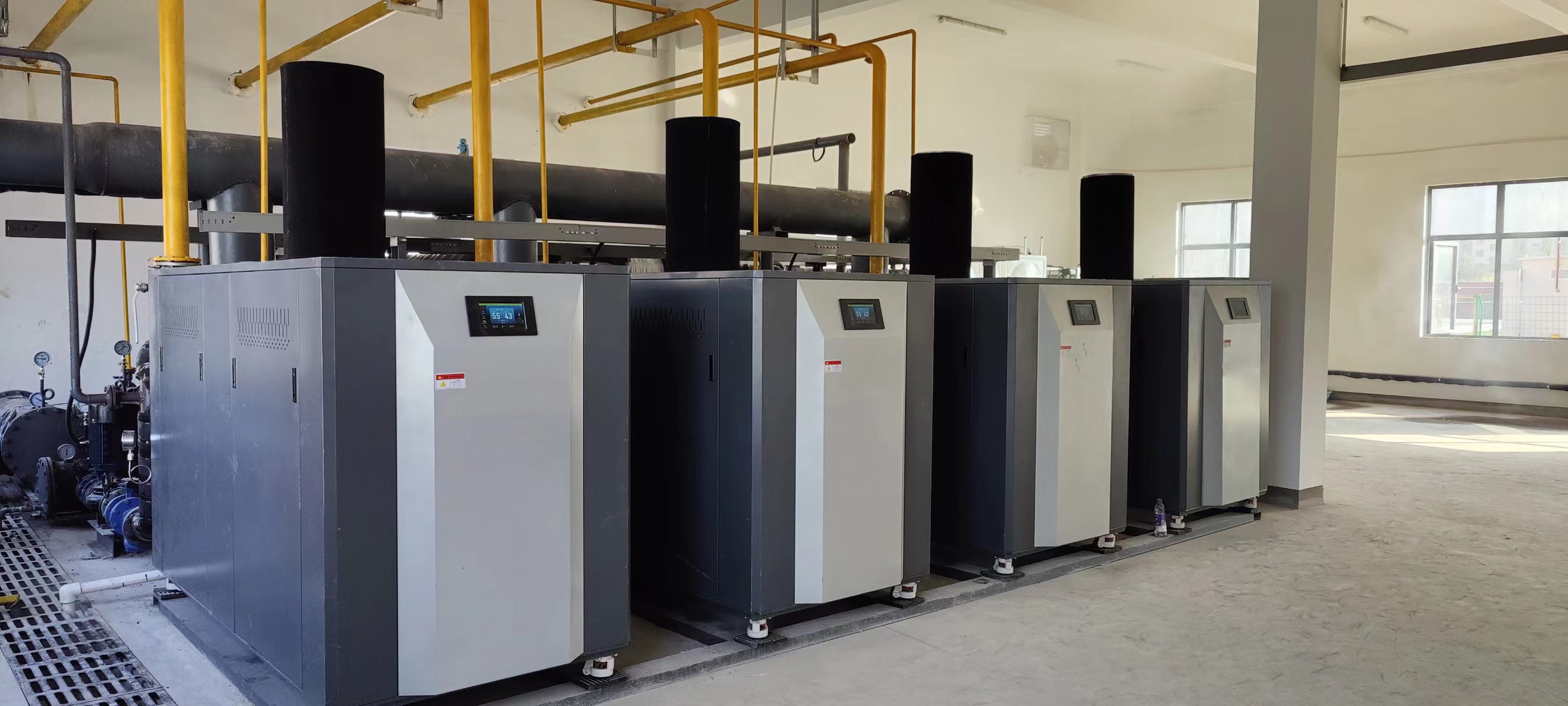ធ្នូ . 11, 2024 11:29 Back to list
cast iron plumbing joints
Understanding Cast Iron Plumbing Joints
Cast iron plumbing joints have been a staple in construction and plumbing for many years, thanks to their durability and strength. These joints are an essential component in the plumbing systems of both residential and commercial buildings, especially in older structures where cast iron piping was once the preferred choice. In this article, we will explore the features, benefits, and common applications of cast iron plumbing joints, as well as some tips for installation and maintenance.
What Are Cast Iron Plumbing Joints?
Cast iron plumbing joints are the points where two pieces of cast iron pipe connect, facilitating the flow of water and waste through a building's plumbing system. These joints come in various forms, including hub and spigot joints, no-hub joints, and mechanic joints. Each type serves a specific purpose and offers distinct advantages depending on the plumbing system's design and requirements.
Advantages of Cast Iron Plumbing Joints
1. Durability One of the main benefits of cast iron plumbing joints is their exceptional durability. Cast iron is resistant to corrosion, which is crucial in plumbing applications. This means that cast iron joints can last many decades without needing replacement, making them an economical choice in the long term.
2. Noise Reduction Cast iron has natural sound-dampening qualities. This is particularly beneficial in multi-story buildings or residential areas where noise from plumbing can be disruptive. The heavy material absorbs vibrations and minimizes the sound of running water, making cast iron plumbing a preferred option in many settings.
3. Fire Resistance Cast iron is a non-combustible material, offering higher fire resistance compared to plastic alternatives. This makes it suitable for use in commercial buildings or areas that require stringent fire safety compliance.
4. Load-Bearing Capacity Cast iron joints can support significant weight, which is crucial in high-rise buildings where plumbing systems can be subjected to considerable loads. Their strength helps in maintaining the integrity of the plumbing system, even under stress.
Installation of Cast Iron Plumbing Joints
cast iron plumbing joints

Installing cast iron plumbing joints requires careful planning and execution. Here are some essential tips
- Proper Tools Make sure to use the appropriate tools for cutting and fitting cast iron pipes. You’ll need a pipe cutter or reciprocating saw for cutting, and rubber mallets and pipe joint cement for secure connections.
- Cleanliness Ensure that the surfaces of the pipes and joints are clean and free of debris before joining them. This helps create a better seal and minimizes the risk of leaks.
- Correct Alignment Proper alignment of pipes is crucial to prevent stress on the joints which could lead to breakage over time. Take the time to ensure that all pipes are aligned before finalizing the connection.
- Support Brackets Use support brackets wherever necessary to help bear the weight of the pipes and minimize the stress on the joints.
Common Applications
Cast iron plumbing joints are commonly found in various applications. They are often used in drainage, waste, and vent systems, particularly in buildings with multiple floors. Additionally, these joints are frequently utilized in sewer applications due to their resistance to harsh conditions.
Conclusion
Cast iron plumbing joints are a vital component in the construction and maintenance of effective plumbing systems. Their durability, sound-dampening capabilities, and fire-resistant properties make them a preferred choice in many applications. When installed and maintained correctly, cast iron plumbing joints can last for decades, providing reliable service in both residential and commercial environments. Whether you are renovating an old structure or planning new construction, considering cast iron plumbing can be a wise and practical decision.
-
Premium Cast Iron Water Main Pipe for Robust Infrastructure
NewsAug.27,2025
-
A-Rated Cast Aluminum Boilers: High-Efficiency Condensing Gas & LPG
NewsAug.26,2025
-
OEM Cast Silicon Aluminum Alloy Heat Exchanger | Custom & High Performance
NewsAug.25,2025
-
Centrifugally Cast Iron Water Main Pipe | Ductile Iron Solutions
NewsAug.24,2025
-
Durable Cast Steel Concrete Pipe Mold Bottom Rings & Base Trays
NewsAug.23,2025
-
Centrifugally Cast Iron Water Main Pipe for Reliable Mains
NewsAug.22,2025


